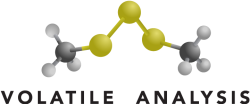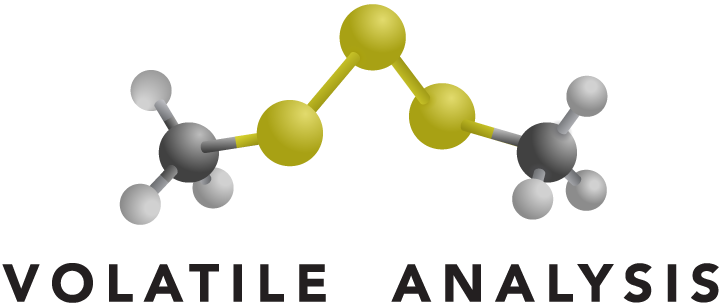Printed circuit boards (PCBs) and 1206 sized components were placed in a hot chamber at 255 oC for 2.5 minutes and off-gassing chemicals were trapped by Tenax molecular sieve/ cyrotrap with liquid nitrogen. Chemical identities were determined by gas chromatography/ mass spectrometry. The most striking difference between printed circuit boards (PCBs) was due to a large abundance of the industrial solvents tripropylene glycol [(1-methyl-1,2-ethanediyl)bis(oxy)] bispropanol and N-methylpyrrolidinone. These were present in far greater quantity in wet paste boards compared to reflowed and bare boards. Chemical abundance was far less in bare boards compared to wet paste and reflowed boards, and smaller still when analyzing 3 1206 sized components (only). Of 77 identified components from PCBs and 1206 sized components, only 7 were found in samples collected from both sources (chemicals found in off gassed PCBs and separately in off gassed components). Chemicals that contained sulfur, silica, chlorine, and borane were unique to wet paste and reflowed PCBs. Other compounds detected included many types of organic substances including hydrocarbons (docosane, tricosane), aldehydes (octanal, nonanal, decanal), organic acid (isobutyric acid) and benzene derivatives (ethyl benzene, toluene, benzaldehyde, substituted biphenyls). In general, chromatograms for printed circuit boards and circuit board components were complex, and precision varied considerably.
Order Now

